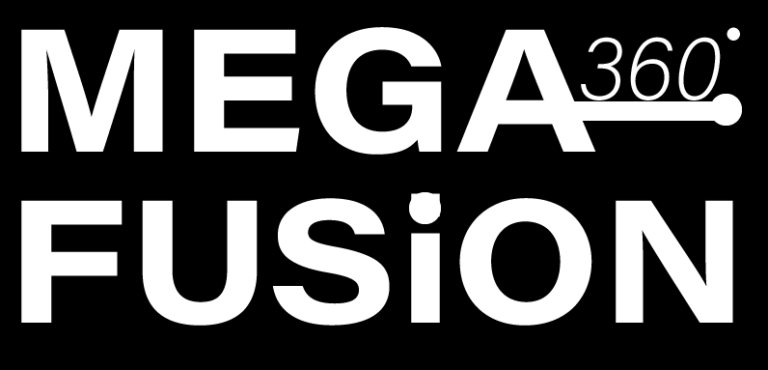Removable media are literally everywhere-from USB flash drives to external hard drives and SD cards. These are convenient portable storage devices suitable for transferring files between computers and other devices. But in discussion of the removable media, one must consider both benefits and potential security risks. That is why organizations, schools, and businesses often have strict codes of use for the devices.
In this piece, we will determine removable media use that’s safe and allowed, and know the importance of security, plus responsible usage of such devices.
What Is Removable Media?
Removable media is any portable device for information storage that can be inserted into and removed from a computer or other device. They are used to store, move and backup data. Examples of these removable media include:
USB flash drives (pen drives, thumb drives),
External hard drives,
Memory cards (SD cards, microSD cards),
CDs, DVDs, and Blu-ray discs,
Portable SSDs.
Although these removable media certainly provide you a convenient usage, they can as well expose your system to security threats if not properly handled.
Why Are There Restrictions on Removable Media?
Due to the risks involved, many organizations impose strict prohibitions on removable media. This includes some of the most significant areas of concern, such as:
Leakage or Breach of Data
When sensitive and confidential data is stored on removable media, this data are more prone to loss or theft. The unauthorized access to this data could leave backdoors generally in the systems, security breaches in these systems.
Malware/Viruses
Plugging in removable media into a computer may result in spreading of viruses and/or malware that can infect it. It may also include data loss, hackers, or systems being damaged.
Unauthorized Access
If no controls are established, anyone plugs in their USB device and copies or transfers files, thereby aggravating data theft risk.
Device Loss or Theft
Since removable media are small and portable, they can be easily lost or stolen. If sensitive data is stored on a lost device, it might just fall into the wrong hands again.
As a result of these dangers, companies and institutions often create policies to define the safe and allowed uses of removable media.
Which Uses of Removable Media Are Safe and Allowed?
To protect the data and avoid the risk of losing it, there are procedures deemed safe to be taken when using removable media. Let us see my suggestions:
Removable Media is to be used for Authorized Work.
Several organizations allow their people to use removable media only for legitimate company purposes. It means the use of USB drives, external hard drives, or SD cards predominantly for work-related tasks, as necessary.
Allowed example:
Moving official work documents to a company-approved USB flash drive for presentation.
Not-allowed example:
Keep personal files or unauthorized software on a work-use-approved USB drive.
Encrypt Sensitive Data.
And encryption is the process of protecting the data by putting it in another format so that only authorized users are able to read it. However, in many organizations, employees are instructed to store sensitive data on encrypted USB flash drives.
Allowed example:
Use of an encrypted USB flash drive for the transfer of reports considered sensitive.
Not-allowed example:
Save unencrypted personal or business-sensitive data on a USB stick.
Scanning Removable Media for Malware
Before connecting a USB drive or external hard drive, scan them for viruses. Many organizations use antivirus software that automatically scans devices when they are connected.
Allowed example:
Scanning a flash drive before opening any files on it.
Not allowed example:
Not scanning an unknown USB drive and plugging it into the system.
Use ONLY Company-Approved Devices
Certain companies will only allow the use of removable media if it is company-approved. In other words, personal-use USB drives or unapproved devices cannot be used in the workplace.
Allowed example:
Using a company-issued USB flash drive to fulfill work assignments.
Not allowed example:
Plugging in a personal USB drive to transfer work documents.
Which Uses of Removable Media Are NOT Allowed?
Some unsafe and impermissible acts are bound to jeopardize security. For example:
Using unapproved USB drives in workplaces or schools.
Inserting unknown devices with untrusted sources.
Transferring confidential data without encryption or permission.
Saving unauthorized or unlicensed software into removable media.
Using removable media on several devices without any malware scan.
Final Thoughts
Removable media is a terrific way to store and transfer data. However, if used indiscriminately, security can be compromised. Organizations, enterprises, and schools apply some measures to present to protect the integrity of the data and limit unauthorized access.
Using removable media solely for approved intentions, along with data encryption, antivirus scanning, and proper technical conduct, will facilitate safe and acceptable usage.
So it starts with you. Be sure to think twice before inserting a USB drive or transferring any files. These practices will keep your data and devices out of harm’s way.


